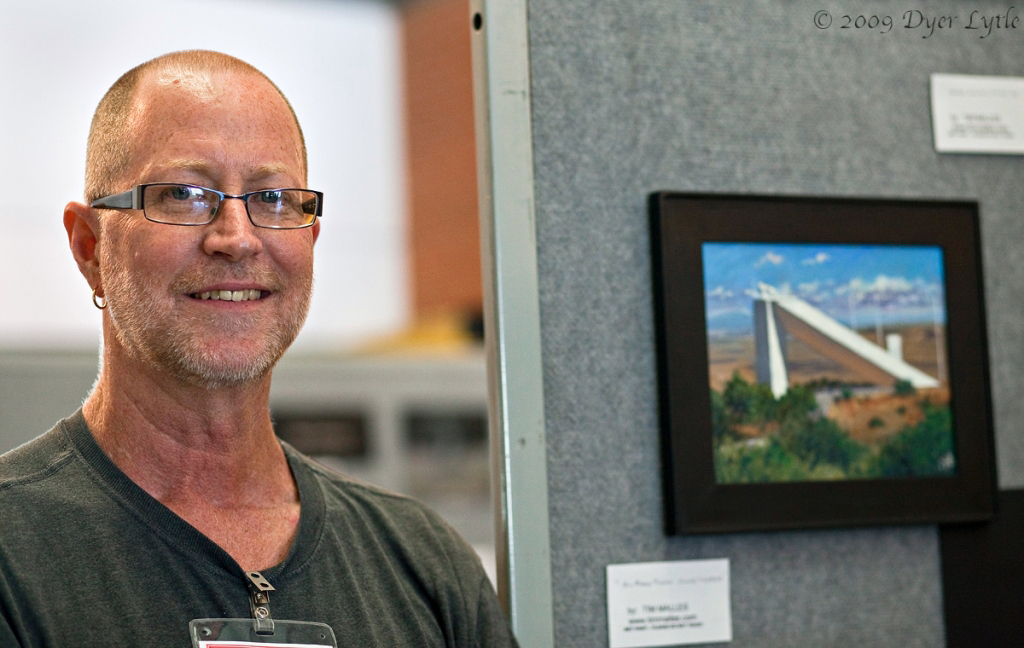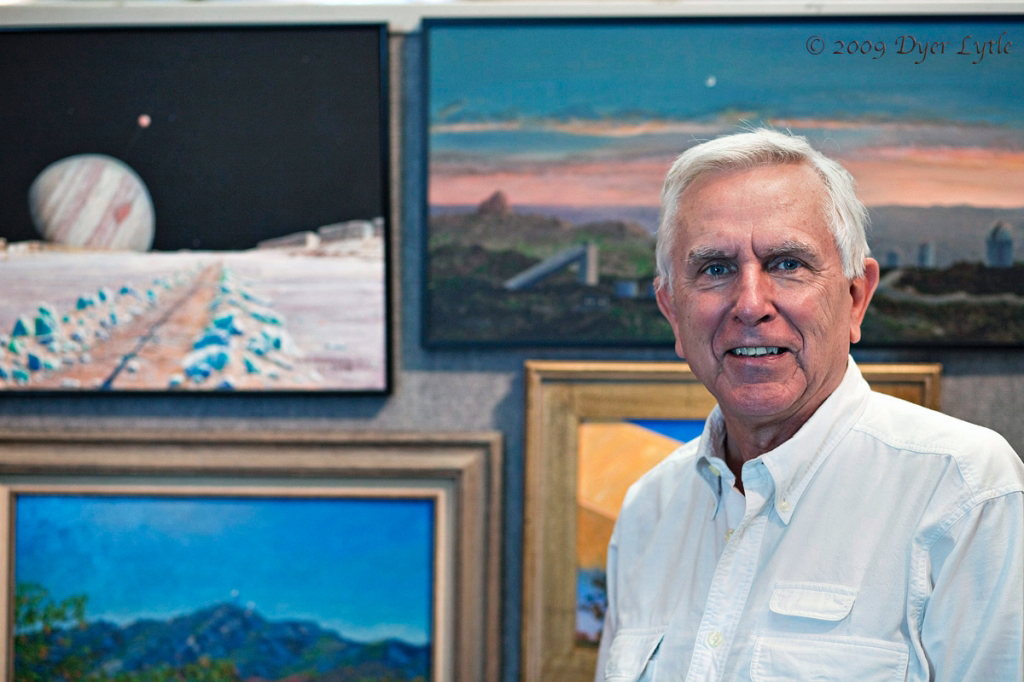(Jonathan Lunine has accepted the position of David C. Duncan Professor of Astronomy at Cornell.)
Dear LPL friends and colleagues,
As my departure from LPL for Cornell draws near, I would like to briefly reflect on the past and future of the institution. LPL and the Department of Planetary Sciences together are an extraordinary place; their historical importance to the field of planetary science cannot be overstated. The 50th anniversary celebration of LPL provided a chance to consider those accomplishments, which not by coincidence span the entire history of the planetary exploration program. Our students have made their own names in the field, profoundly shaping what is surely one of the most amazing endeavors of modern times. Besides our own former graduate students, I often encounter other people around the world who worked at or had some association with LPL, people not familiar but who nonetheless have an influence on space programs today. (An engineer in Rome at Thales Alenia is my most recent example---he was a SERC graduate.)
I see LPL's future to be as bright as its past, despite the clear challenges the State's budgetary and political situations present. Key to LPL's bright future is the ever-renewing nature of a vibrant academic organization, exemplified by the arrival of new faculty with fresh enthusiasm and original ideas; a LARGE crop of new graduate students who come to seek the imprimatur of LPL's faculty through their doctoral degrees; and the opportunities afforded to participate in or create new programs of research, which bring fresh talent in the form of postdocs, research scientists, and engineers. LPL's adaptability and camaraderie will serve it well as the environment around it continues to change.
My move comes not out of a desire to leave LPL, but because this particular new opportunity was just too enticing. I struggled with my decision, and I am sad to be leaving. Every opportunity in life comes with a price, and the price of this one is departure from what will always be my scientific and academic home. After announcing my decision, I was deeply moved by the kind wishes and goodwill of so many here, especially my senior colleagues some of whom helped woo me here 27 years ago. I will miss them, along with everything that is good about the American Southwest...from the wind in the mountain pines to the vast "empty" spaces of the stark desert floor. More than that need not be said, except the hope that goodbye really doesn't mean farewell...it only means we will see each other again wherever we are doing planetary science.
--Jonathan


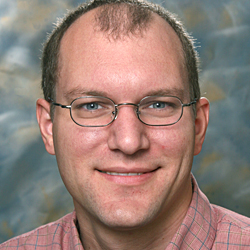
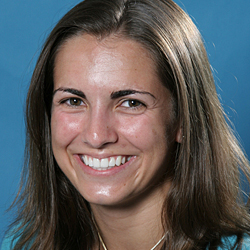
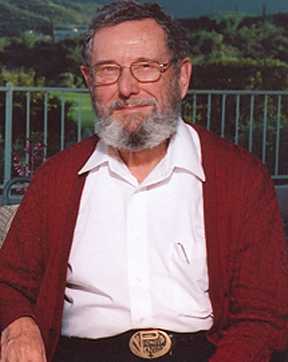 On December 14, 2010, University of Arizona Professor Emeritus Don Hunten died after a long illness. During his last days, he was tended by his wife and UA Senior Research Associate Ann Sprague.
On December 14, 2010, University of Arizona Professor Emeritus Don Hunten died after a long illness. During his last days, he was tended by his wife and UA Senior Research Associate Ann Sprague.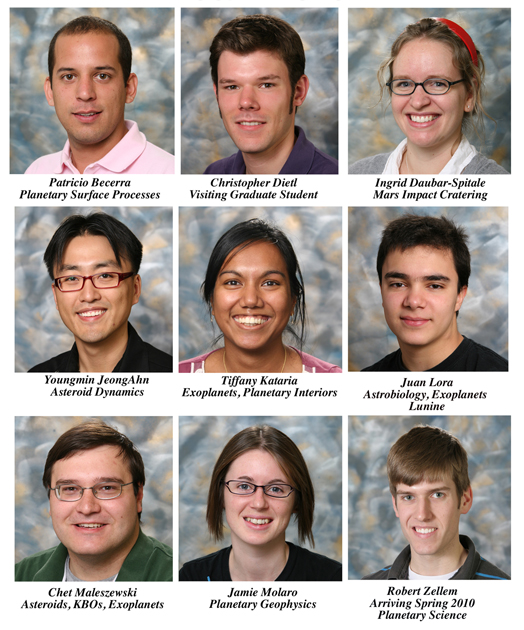 Patricio Becerra, B.S. Physics, Pontifical Catholic University of Peru. Research interest: planetary surface processes (Byrne)
Patricio Becerra, B.S. Physics, Pontifical Catholic University of Peru. Research interest: planetary surface processes (Byrne)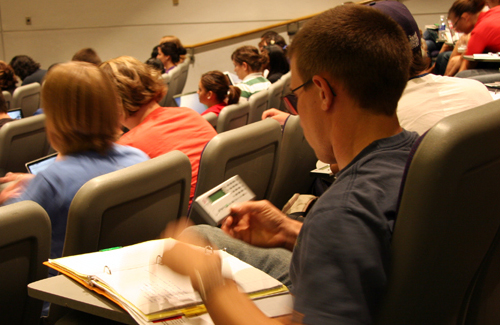 Partly inspired by alum Nick Schneider's stories of success from the University of Colorado, five LPL faculty members are using "clickers" (classroom response systems) in the classroom for general education courses this year. The clickers contain an RF transmitter, and the faculty member has an RF receiver and associated software so that we can ask a question and instantaneously record responses.
Partly inspired by alum Nick Schneider's stories of success from the University of Colorado, five LPL faculty members are using "clickers" (classroom response systems) in the classroom for general education courses this year. The clickers contain an RF transmitter, and the faculty member has an RF receiver and associated software so that we can ask a question and instantaneously record responses.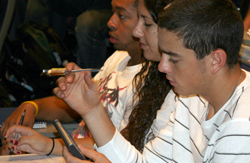
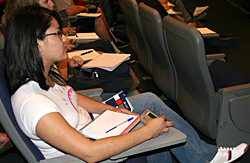
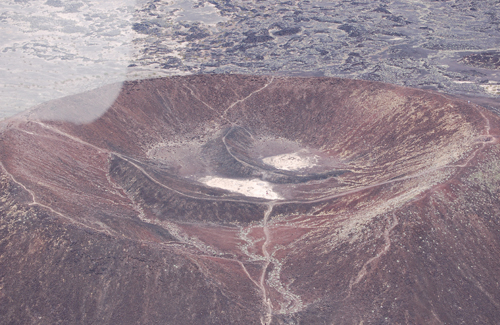 LPL Field Trips are alive and well! This past spring (spring 2009), Professors Shane Byrne and Adam Showman led the PTYS 594A field trip to California's Mojave desert in the region between Barstow and Needles. Field-trippers spent four days driving, camping and hiking to sites of geological interest. The sites visited included the Kelso sand dunes, Amboy crater and the Cima volcanic field.
LPL Field Trips are alive and well! This past spring (spring 2009), Professors Shane Byrne and Adam Showman led the PTYS 594A field trip to California's Mojave desert in the region between Barstow and Needles. Field-trippers spent four days driving, camping and hiking to sites of geological interest. The sites visited included the Kelso sand dunes, Amboy crater and the Cima volcanic field.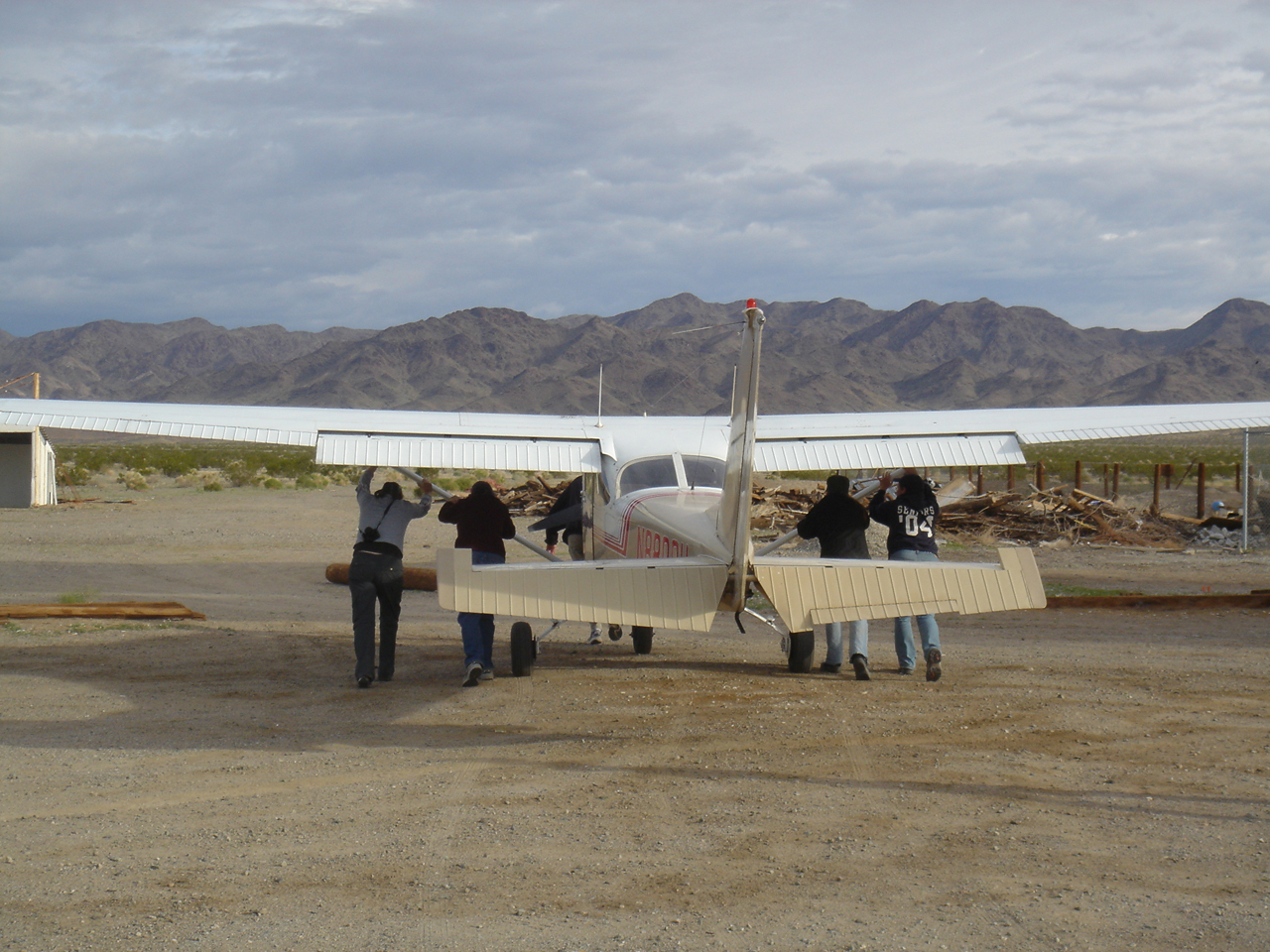
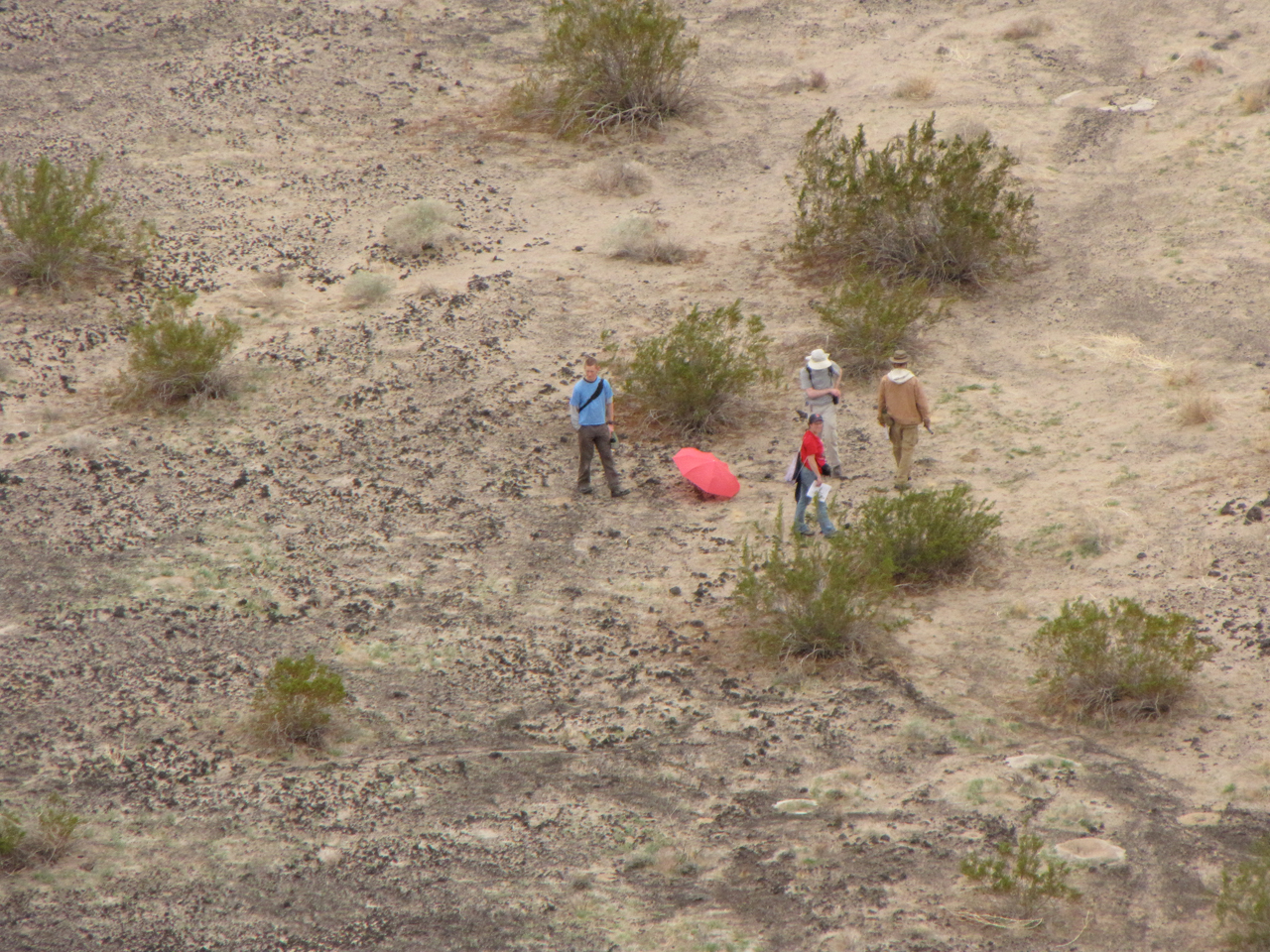
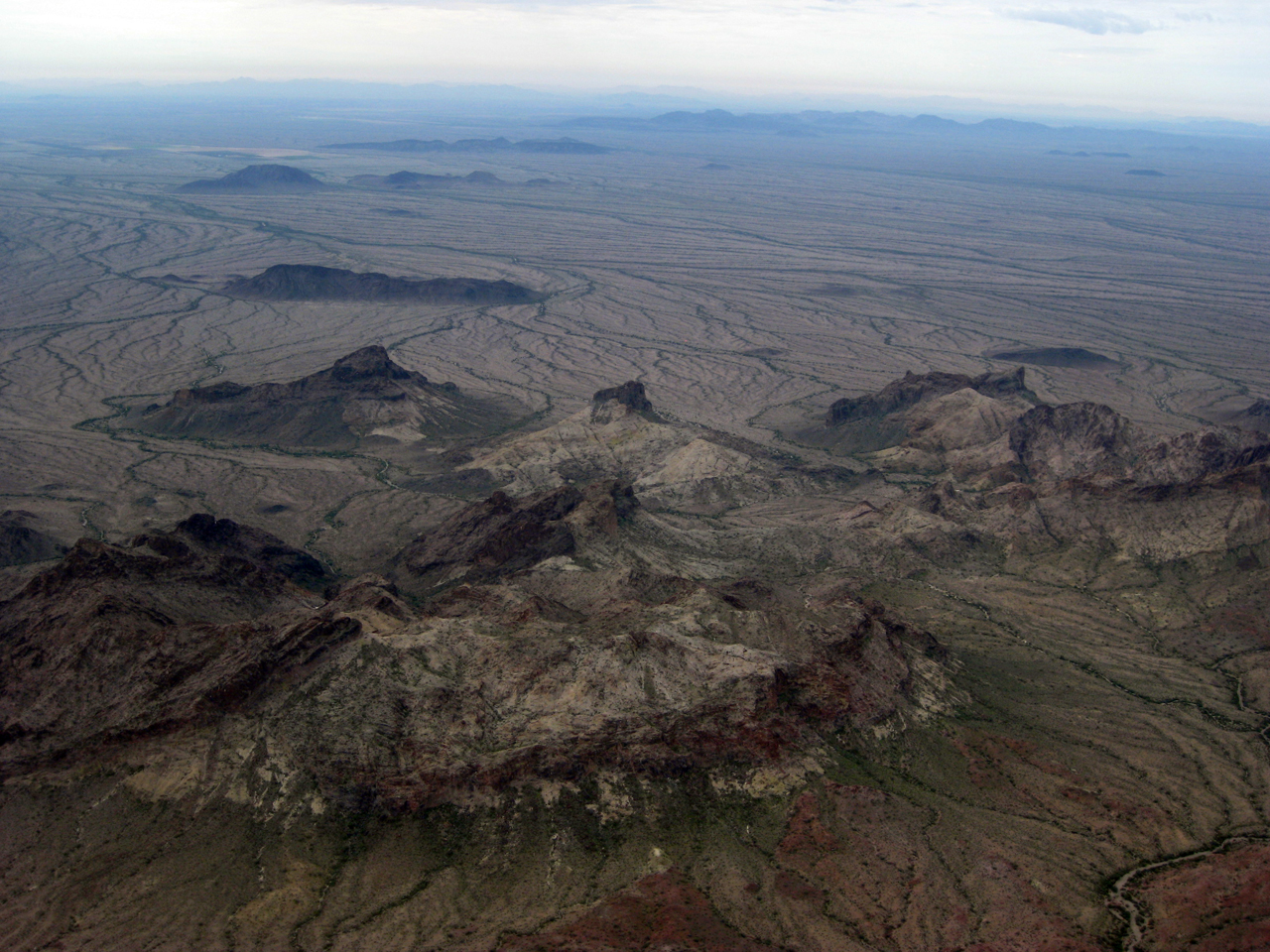
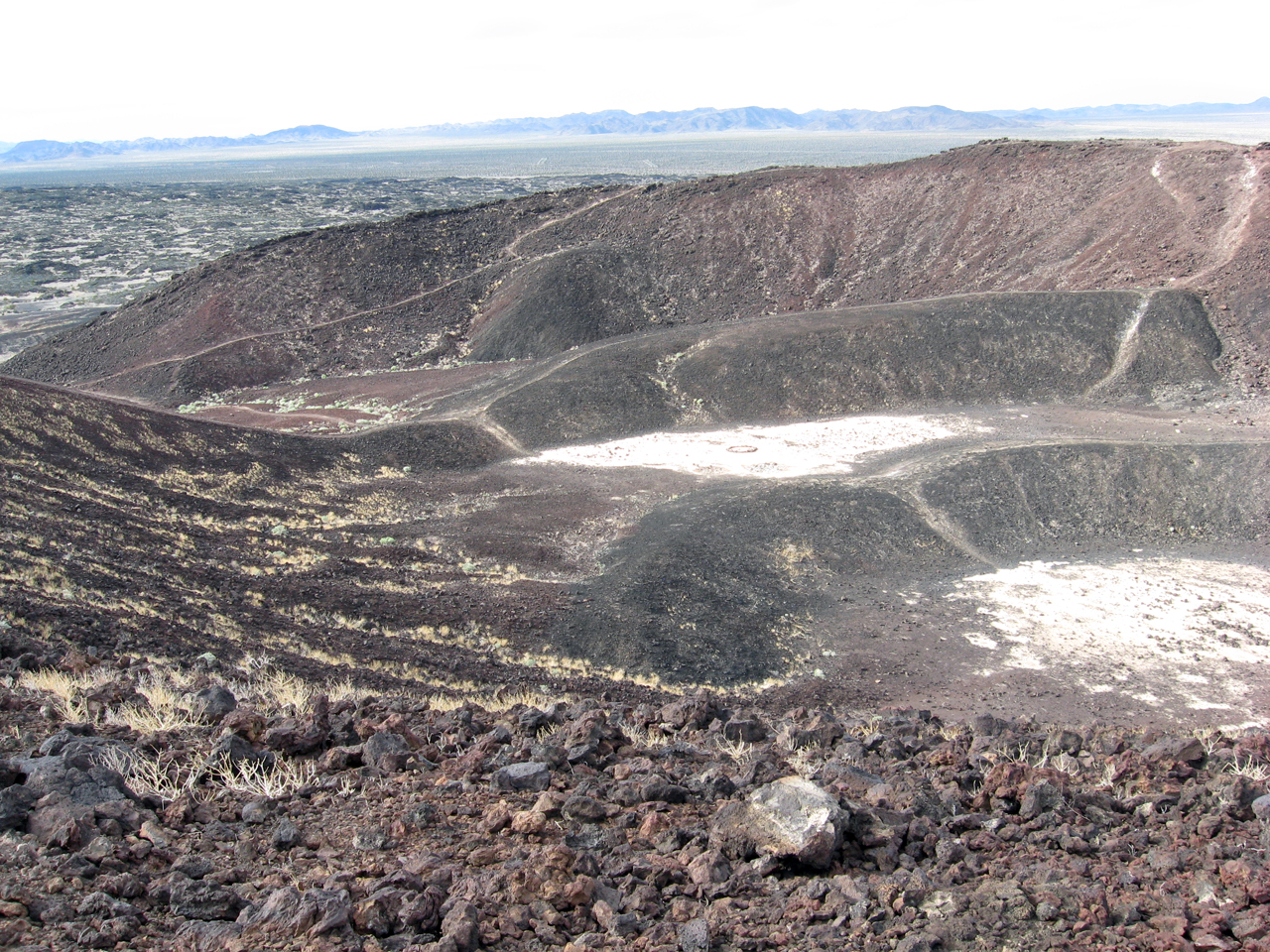
 On Friday, October 23, 2009, members of the International Association of Astronomical Artists (IAAA) exhibited their work in the Kuiper Space Sciences Building Atrium.
On Friday, October 23, 2009, members of the International Association of Astronomical Artists (IAAA) exhibited their work in the Kuiper Space Sciences Building Atrium.